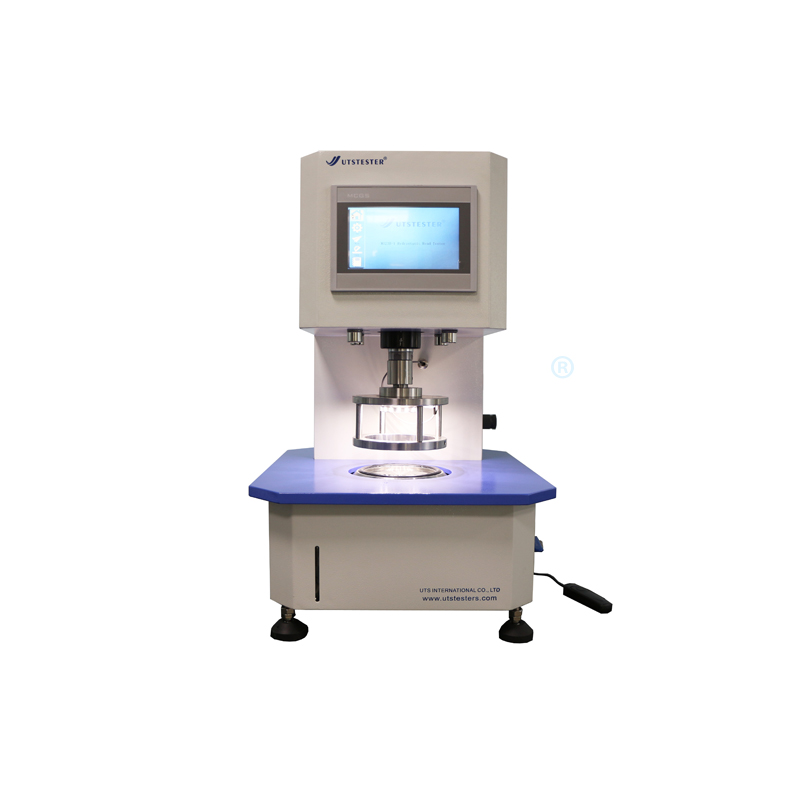 +86 152 6060 5085
+86 152 6060 5085
 +86 152 6060 5085
+86 152 6060 5085
Blog
Catalog
Latest Blog
The waterproof performance of fabrics is mainly divided into the fabric's resistance to being wetted by water and the fabric's resistance to water penetration. Characteristic indicators of the waterproof performance of fabrics include water-wetting grade, hydrostatic pressure resistance level, water penetration, etc. The test methods are mainly divided into water-wetting method (spray method) and hydrostatic pressure method.
Problems that often occur during testing
During the hydrostatic pressure test, improper operation may affect the results of the experiment. The following situations will affect the results of the experiment:
a) Before clamping the sample, ensure that there is no air between the sample and the water, and then clamp the sample for experimental testing. If there is air between the sample and water during the test, the water will not be completely in contact with the specified experimental area, and water droplets will not appear in part of the sample area, thus affecting the experimental results.
b) During the test, try to ensure that the edges of the specimen holding device are impermeable and leak-proof. If the sample seeps or leaks at the edge of the clamping device, water will seep out from the edge of the clamping device during the test, and the test pressure of the sample will rise unstablely. This cannot guarantee the accuracy of the experimental results, and will have an impact on experimental results.
Determination of test endpoints
The test standard for hydrostatic pressure, "GB/T 4744-2013 Hydrostatic Pressure Method for Detection and Evaluation of Waterproof Performance of Textiles" stipulates that the hydrostatic pressure value when the third water droplet appears on the sample is recorded, and the test end point is the appearance of the third water droplet. Three water drops. If the test endpoint is incorrectly selected during testing, it will directly affect the reading of the experimental results, and ultimately incorrect experimental results will be obtained.
Some special cases are as follows:
a)If the third water drop appears on the edge of the clamping device and causes the hydrostatic pressure value of the third water drop to be lower than the lowest value of other normal samples of the same sample, this data should be deleted and the additional sample should be added separately. Experiment until you get normal experimental results. Under normal circumstances, the edges of the specimen are prone to damage due to the pressure of the clamping device. During the test, water droplets may appear on the edge. In this case, the test results of the experiment must be carried out. Analyze whether the test value is lower than the lowest value of other normal samples and whether additional samples need to be added.
b) In the comments of the standard, it is stipulated that if fabric rupture, water jets erupt, or the composite fabric bulges with water during the experiment, record the pressure value at this time, and explain the experimental phenomenon in the report. The occurrence of the above situations should be regarded as the test end point of the experiment.
Handling of abnormal situations
a) If the dispersion coefficient of the hydrostatic pressure test results is large, if the average value of the test results is qualified and individual test values are unqualified, it is recommended to judge that they are qualified and indicate the individual unqualified test values in the report.
b) If the sample is already wet when it comes into contact with the water before testing in the experiment, the test result is recorded as 0, and it is noted in the report that the sample was wet when it came into contact with the water.

Email: hello@utstesters.com
Direct: + 86 152 6060 5085
Tel: +86-596-7686689
Web: www.utstesters.com